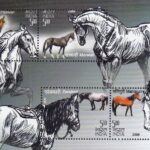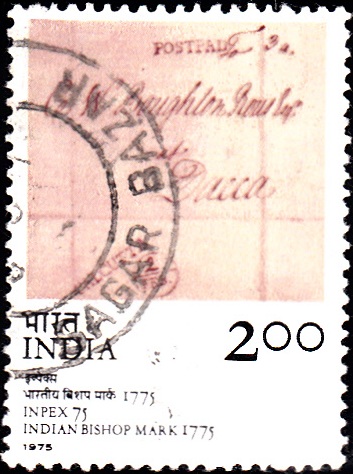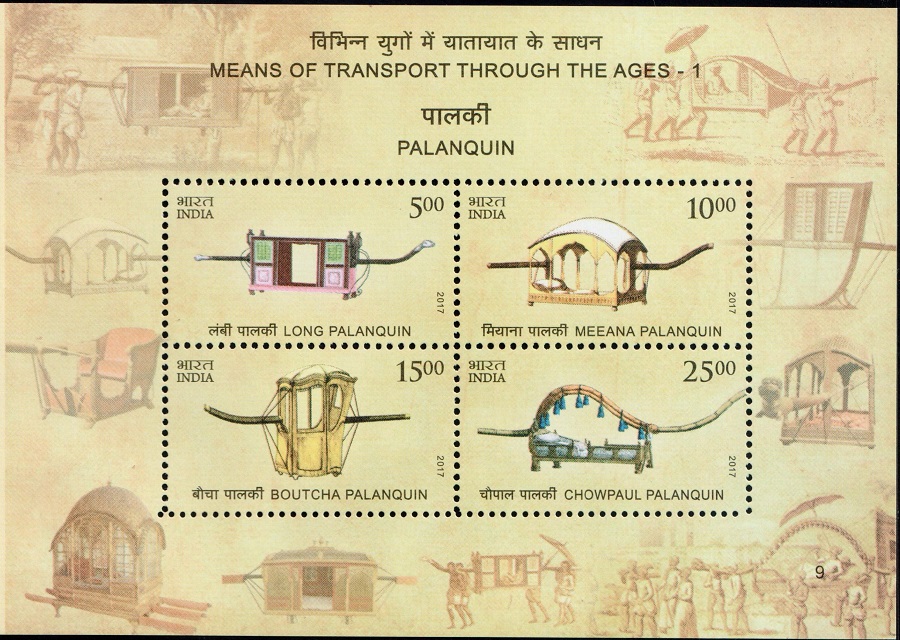
Means of Transport through the Ages
Complete set of 20 nos. of commemorative postage stamps (5 Miniature sheets) on the Indian Transport : Palanquin, Bullock cart & horse carriage, Rickshaw, Vintage car and Public transport :
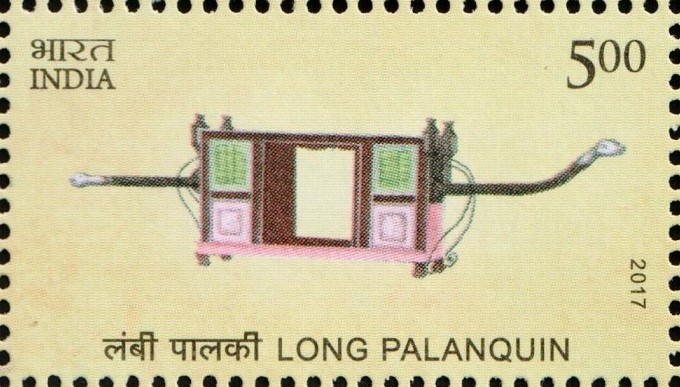
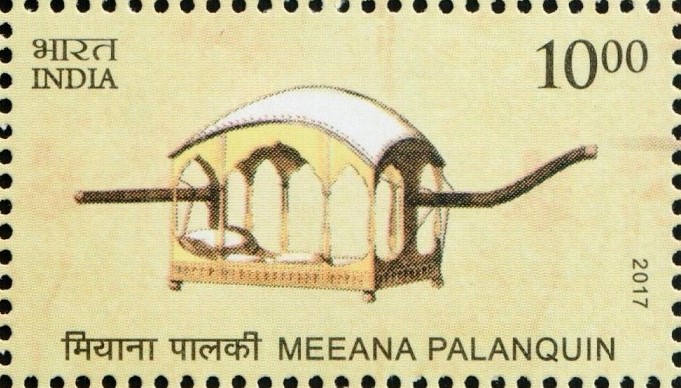
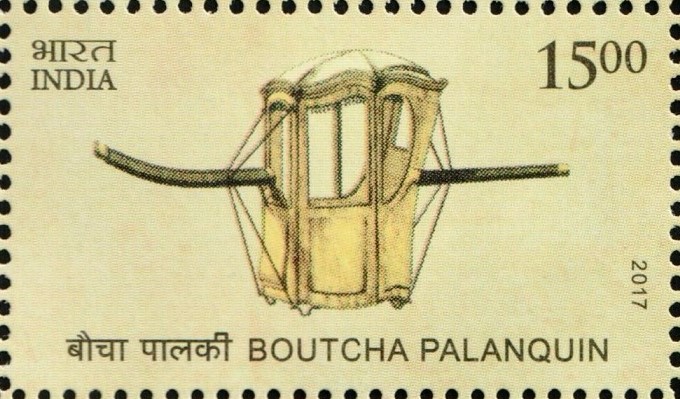
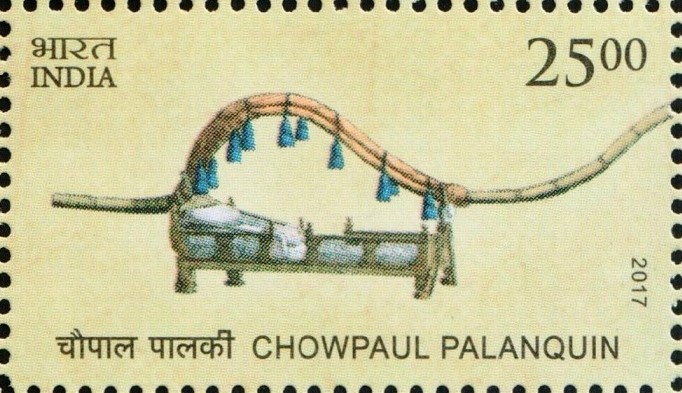

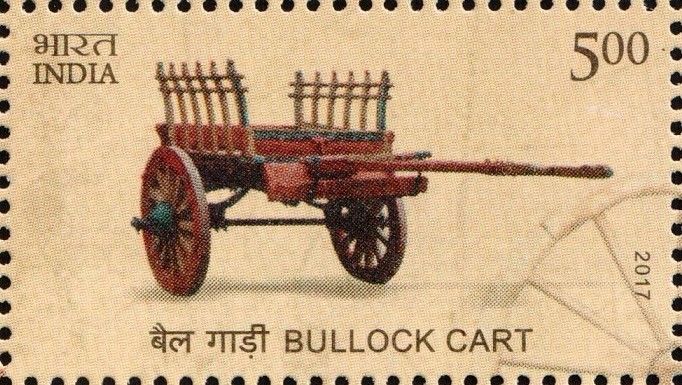
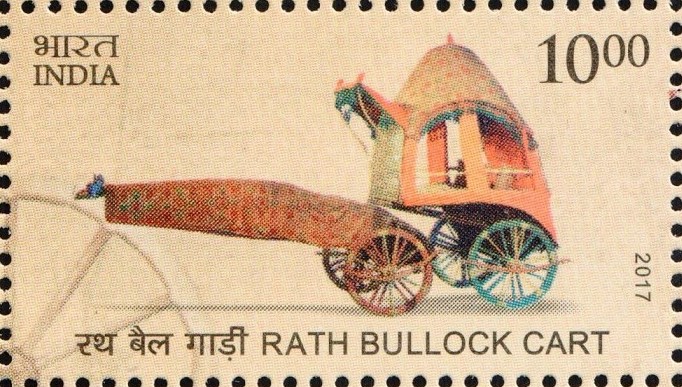
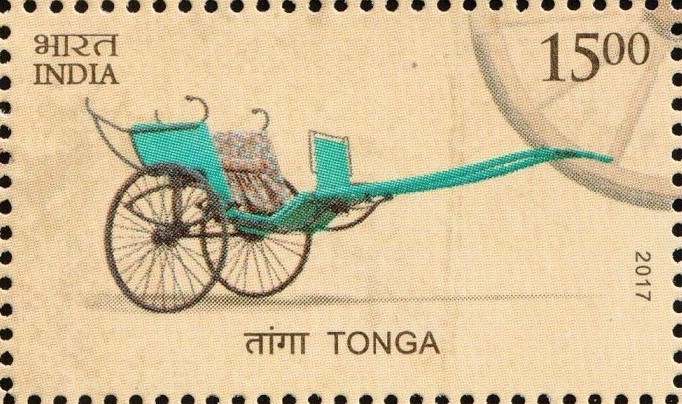
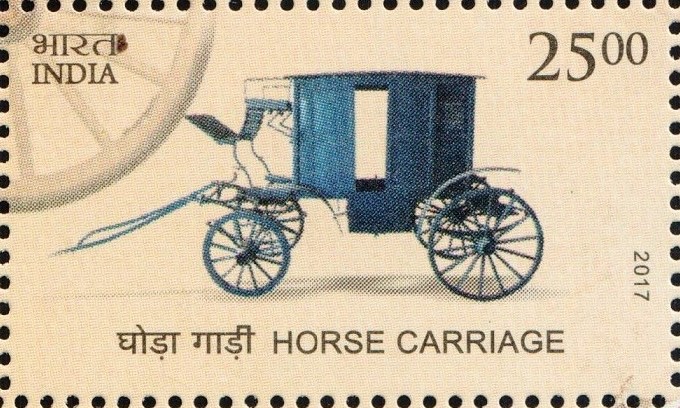

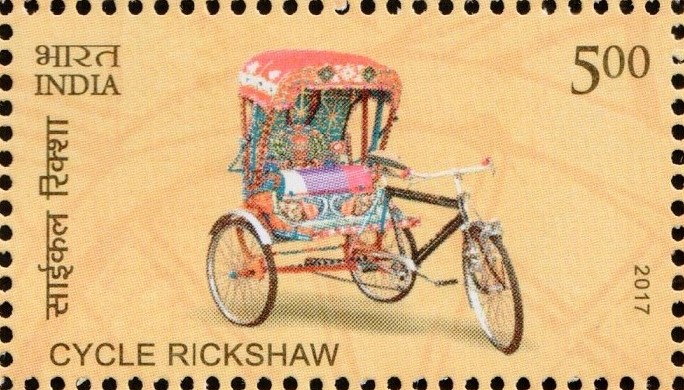
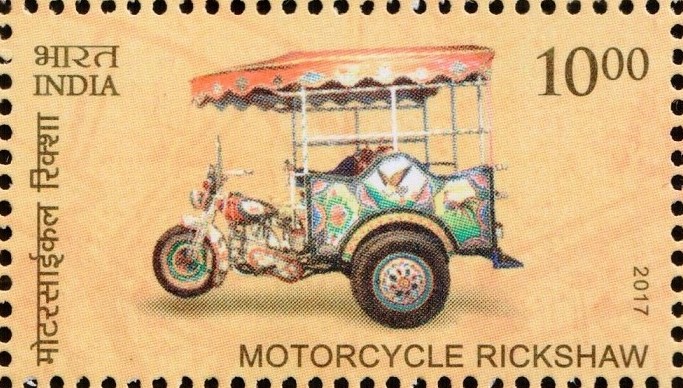
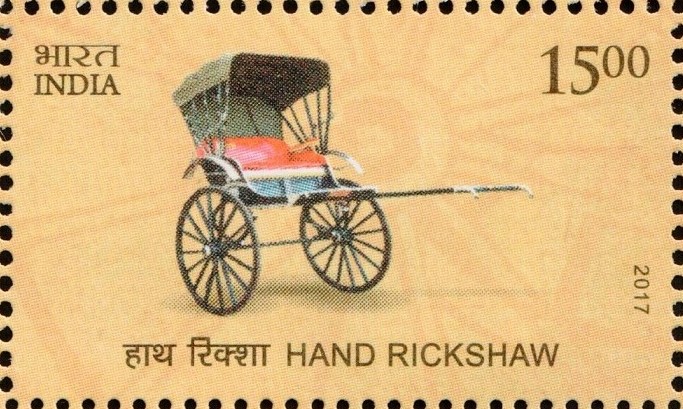
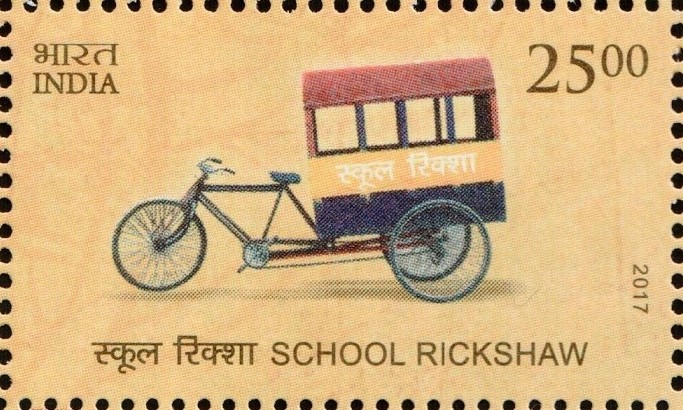
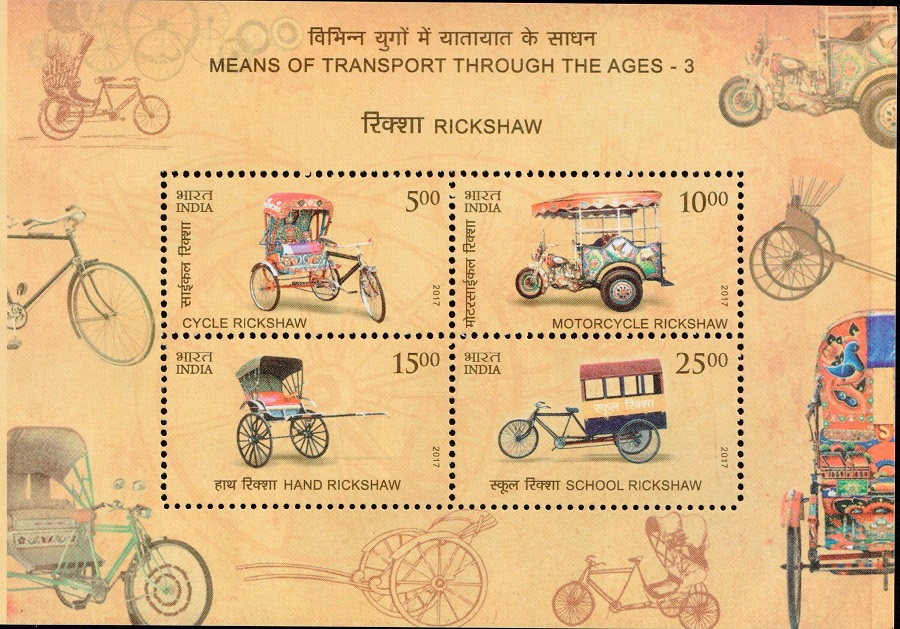
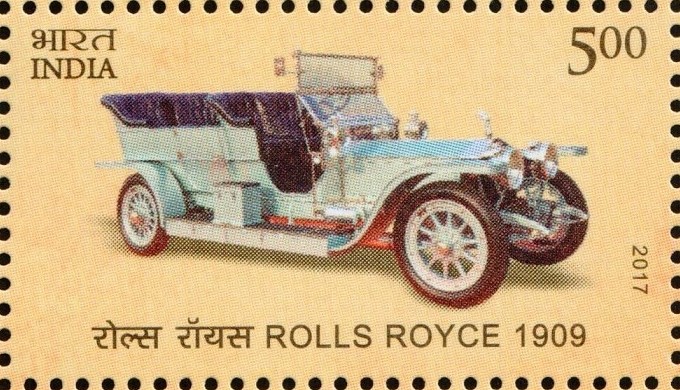
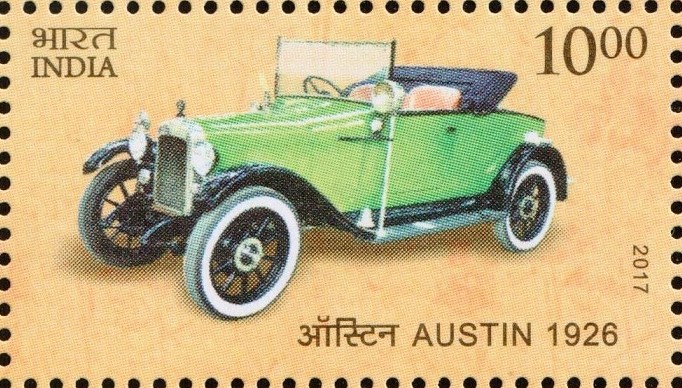
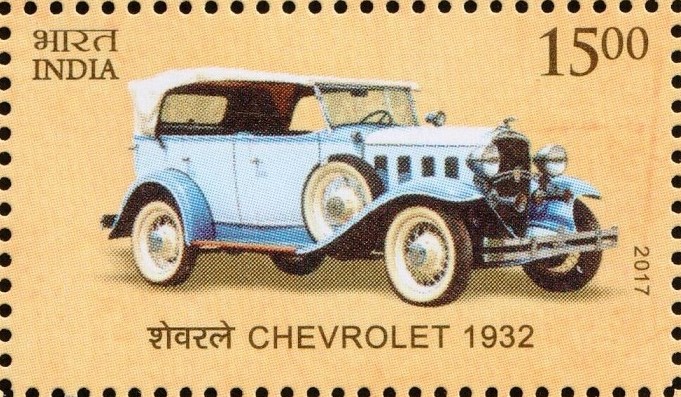
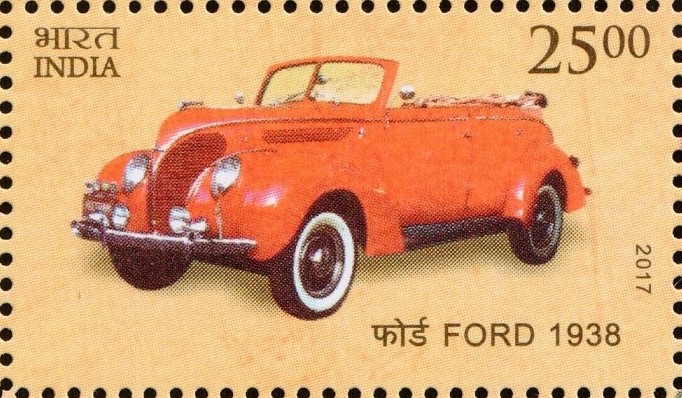
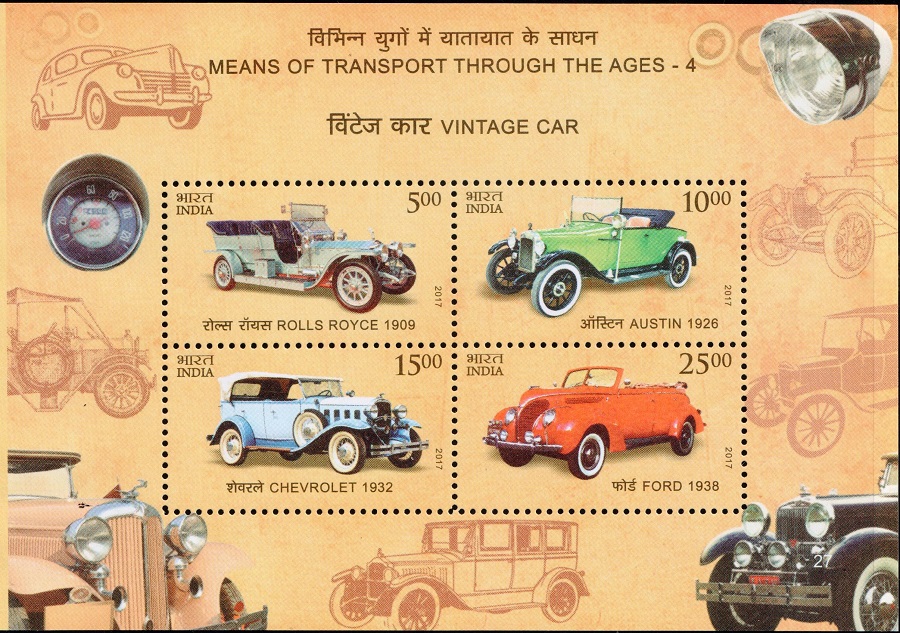
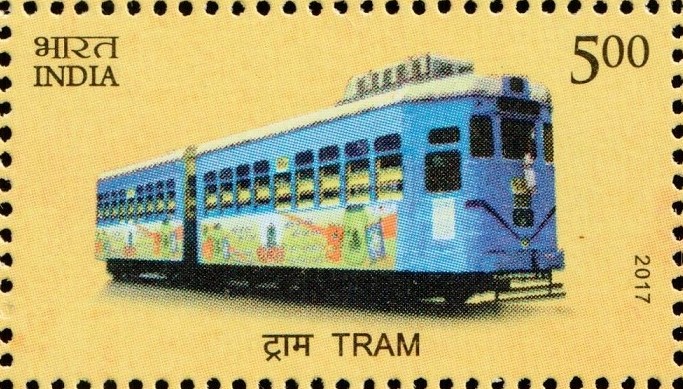

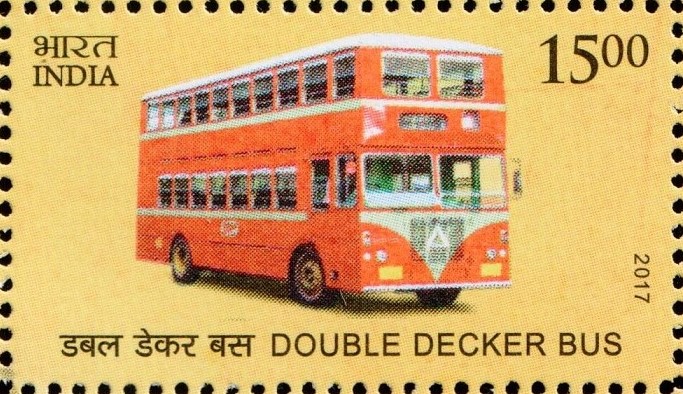

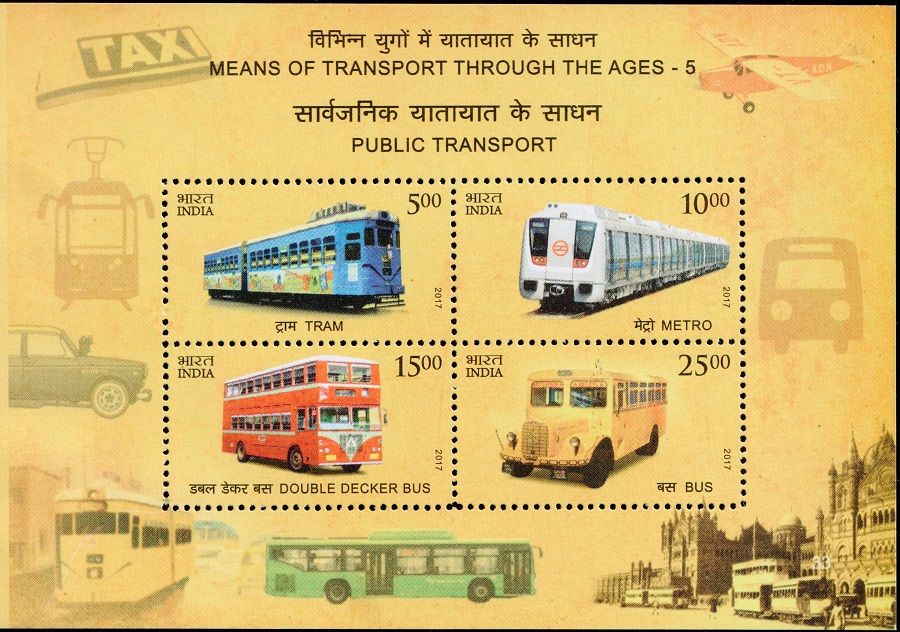 Issued by India
Issued by India
Issued on Mar 25, 2017
Issued for : The Department of Posts is pleased to bring out a Prestige booklet on Modes of Transport through Different Ages with 6 mixed Sheetlets.
Credits :
Stamps/Booklet/Sheetlets/Maxim Cards/FDCs/Brochure/Cancellation Cachets : Shri Brahm Prakash
Type : Sheetlets, Mint Condition
Colour : Multi Colour
Denomination : 500 Paise (5), 1000 Paise (5), 1500 Paise (5), 2500 Paise (5)
Sheetlets Printed (6 Types) : 15000 each
Prestige Booklet Printed : 50000
Maxim Cards Printed (20 Types) : 3000 each
Printing Process : Wet Offset
Printer : India Security Press, Nasik
About :
- From the beginning of history, human sensitivity has revealed an urge for mobility leading to a measure of society’s progress. The history of this mobility or transport is the history of civilization. A well-known and co-ordinated system of transport plays an important role in the sustained economic growth of a country. It has been seen throughout the history of any nation that a proper, extensive and efficient transport provides indispensable mobility for all citizens and goods and contributes to the economic prosperity of a nation. It is a key factor to social, regional and economic cohesion, including the development of rural areas. It is the essential convenience with which people not just connect but progress. Transport is vital to the economic development and social integration of the country.
- The Department of Posts is bringing the history of gradual progression in the modes of transportation in country through 20 beautiful Stamps in the form of Prestige Booklet and mixed Sheetlets. In the ancient times Palanquins were used as mode of transport. Palanquin, also known as palki, derived its name from the Sanskrit word ‘Palanki’ for a bed or couch. A palki was bigger in size and made of wood. There were doors on both sides. A long cylindrical pole was attached to it lengthways through the middle. A palki was usually carried by six or four men. During medieval India Palki were used as most essential wedding transportation means. It was also used to be the conveyance for noble Indian women as well as for Indian landlords of that time. The use of Palanquins is mentioned in literature as early as the Ramayana also. First four stamps depict the different models of palanquins used by people. The introduction of rickshaws in the 1930’s and ever expanding communication system have now made palki an institution of the past and is now used only on special occasions like wedding ceremonies.
- Another set of four stamps portray different modes of transport related to Horse Carriages and Carts. Apart from Palkis, Bullock Carts and Horse Carriages were also used as a major mode of transport since ancient times. They are still used today where modern vehicles are too expensive or the infrastructure does not favour them. A bullock cart or ox cart is a two-wheeled or four-wheeled vehicle pulled by oxen. A Tonga is a light horse-drawn carriage used for transportation in India. They are usually pulled by two horses, though some require only one. Tongas and horse carriages are still used in some smaller cities for economic activity, mainly to carry heavy goods within the city limits.
- Further development in the modes of transport could be seen in 19th century when in around 1880, rickshaws appeared in India. It was first seen in Shimla and then, 20 years later in Kolkata. Here they are initially used by Chinese traders to transport goods. Pulling a rickshaw was often the first job for peasants migrating to these cities. Rickshaw began as a two or three-wheeled passenger cart, called a pulled rickshaw, generally pulled by one man with one passenger. The first known use of the term was in 1887. Over time, cycle rickshaws, auto rickshaws, and school rickshaws came into usage. The set of four stamps depict different versions of Rickshaws used by countrymen.
- As early as 1898 the first motorcar was seen on Indian roads. Cars had to be imported into India. These are truly western vintage models. Local assembly of cars began during the years between the World Wars and assembly units were set up in Mumbai, Kolkata and Chennai. The Rolls Royce Silver Ghost was the origin of Rolls-Royce’s claim of making the “Best car in the world”. This Vintage Car is considered to be the most valuable Vintage car. Austin Twenty is a large car that was introduced by Austin after the end of the First World War in April 1919 and continued in production until 1930. After the Austin 20/6 model was introduced in 1927, the first model was referred to as the Austin 20/4. In the category of Vintage Cars, another famous model is the Chevrolet Series BA Confederate which is an American vehicle manufactured by Chevrolet in 1932. Production slipped significantly from over 6 lakh cars to around 3 lakhs during Great Depression, but was still sufficient for Chevrolet to retain first place in the American car sales table. The set of beautiful four stamps depict the exclusive models of Vintage Cars.
- Public transport is the lifeline of social mobility. Passenger Road Transport Service (PRTS) is an essential, connected to the economic and social development of the nation. Different means of public transport comprises of Trams, Metros, Buses and Double decker buses. The advent of British colonialism saw trams being introduced in many cities including Mumbai and Kolkata. They are still in use in Kolkata and provide an emission-free means of transport. Buses make up over 90% of public transport in Indian cities and serve as a cheap and convenient mode of transport for all classes of society. Metro has become another very popular means of transport in few major cities of the country. The set of 4 stamps portray the means of public transport beautifully.
- Text : Based on the material available on internet.





